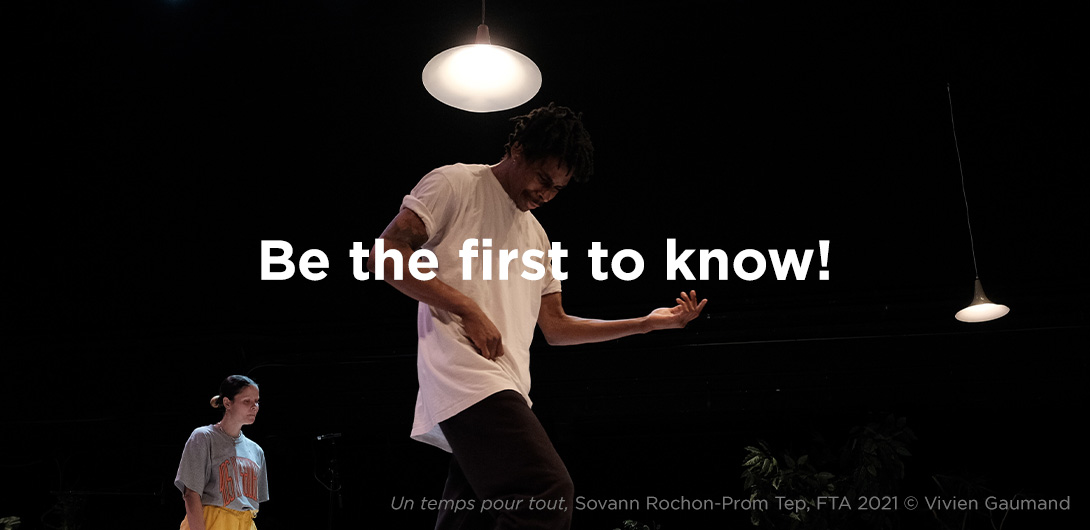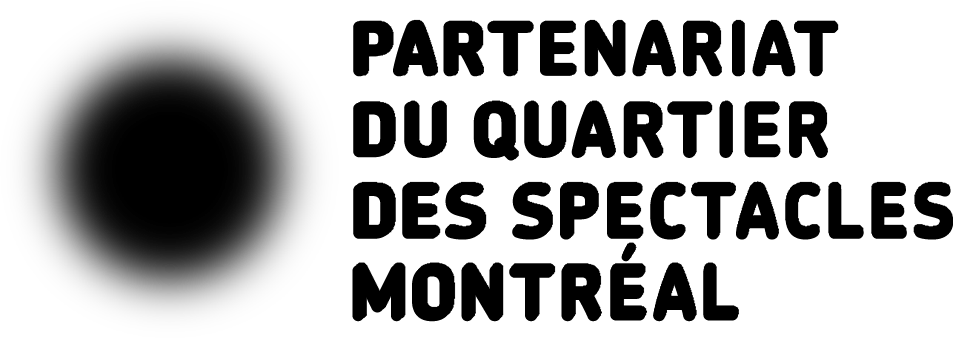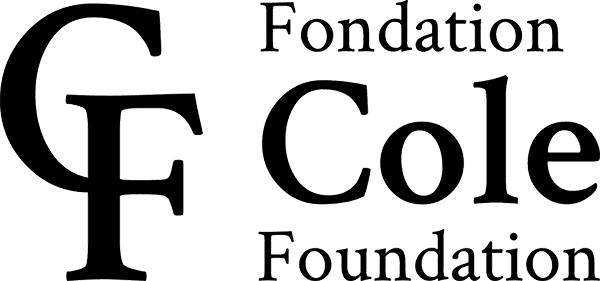Soliloquio
A festive procession followed by a poignant performance meant to exorcize centuries of injustice and to shine a light on Indigenous cultures. A necessary work of art.
Manifesto for a World
The festive procession leading us from Place Émilie-Gamelin up to the theatre is political in itself. Megaphone in hand, accompanied by a local Andean band, Tiziano Cruz sets the tone for the ritual in which he invites us to partake. A performance intended to exorcize centuries of abuse and erasure. A spotlight on the defolklorized cultures of the Indigenous communities of northern Argentina, where Cruz was born and raised. A scathing critique of those in power who perpetuate discrimination, exclusion, and injustice. Including the art world.
Inspired by childhood memories and the 58 letters he wrote to his mother during lockdown, Tiziano Cruz deploys dense poetics and poignant imagery in Soliloquio. The piece is the second instalment in a trilogy that has allowed him to access the previously unattainable field of contemporary theatre – a manifesto for the acknowledgment of differences. As generous as it is urgent, this work of art is an invitation to build the future rather than to simply hope for it.
Produced by Tiziano Cruz
Directed, written and performed by Tiziano Cruz
Dramaturge Rodrigo Herrera
Composer and Sound Designer Luciano Giambastiani
Video Matías Gutiérrez
Lighting Design Matías Ramos
Photography Diego Astarita
Proofreading Hugo Miranda Campos
Artistic Direction and Costume Design Uriel Cistaro
Costume Design Vega Cardozo + Luisa Fernanda + Luciana Iovane
Artistic Producer Luciana Iovane
Executive Producer Ulmus Gestión Cultural
International Production and Management Cecilia Kuska – ROSA studio
Co-produced by Ulmus Gestión Cultural + FIBA 2022 – Festival Internacional de Buenos Aires + Centro Cultural Rector Ricardo Rojas – Secretaría de Relaciones Institucionales + Cultura y Comunicación de la Universidad de Buenos Aires + Arte en Barrios – Gobierno de la Ciudad de Buenos Aires
With the special participation of Armonía Andina (Esther Altamirano, Omar Altamirano, Hector Pareja, Normand Raymond, Emanuel Ruiz, Tulio Velazco Villagra) + Baila conmigo (Maria Fernanda Casos Icaza, Maryiori Cinthia Chozo Lopez, Faviola Sofia Quijada Sanabria, Lourdes Alexandra Postigo Castillo, Cecilia Roxana Ramos Cueva, Leticia Valeria Sanchez Perea, Gisella San Miguel, Marisol Vargas, Evelyn Ynocente, Melissa Ynocente) + Ballet Folclórico Munaykim Perú (Serge Belzile, Orama Belzile, Samuel Belzile, Nikholass Briceno, Maria Elena Calderón, Gloria Choquehuanca, Eduardo Gonzales, Asiri Matta, Ernesto Matta, Alex Pareja, Anais Pareja, Emilio Pareja, Jeny Pareja, Karen Tineo, Lizbeth Tupac Yupanqui) + Grupo Argenkuna (Wasmi Algasim, Ana Silvia Garcia, Marie Léger, Fabiola Mella, Yasmine Mouaici, Maria Eugenia Olguin, Oscar Alberto Olivera) + Mosoq Illariy (Bernard Contré, Ana Maria Córdova, Martine Denis, Hyrum Riofano, Francisco Ruiz, Miguel Serrano, Alvaro Serrano Cordova)
Presented by Fugues with the support of Fondation Cole in association with Le National
Written by Fabienne Cabado
Translated by Luba Markovskaia
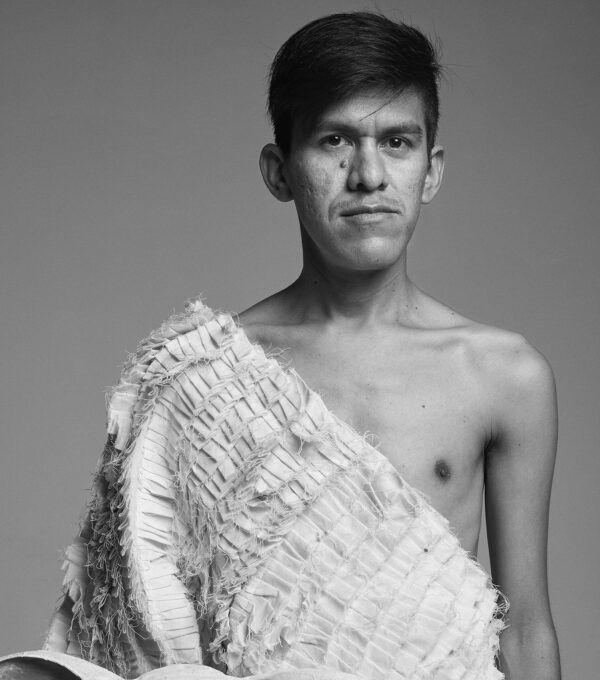
Tiziano Cruz (Buenos Aires)
Tiziano Cruz fled the underprivileged province of Jujuy, in northern Argentina, to study in the national universities of Tucumán and Córdoba. In addition to the performing and visual arts, he trained in culture management and business administration, and is now completing a master’s in public culture at the National University of the Arts.
